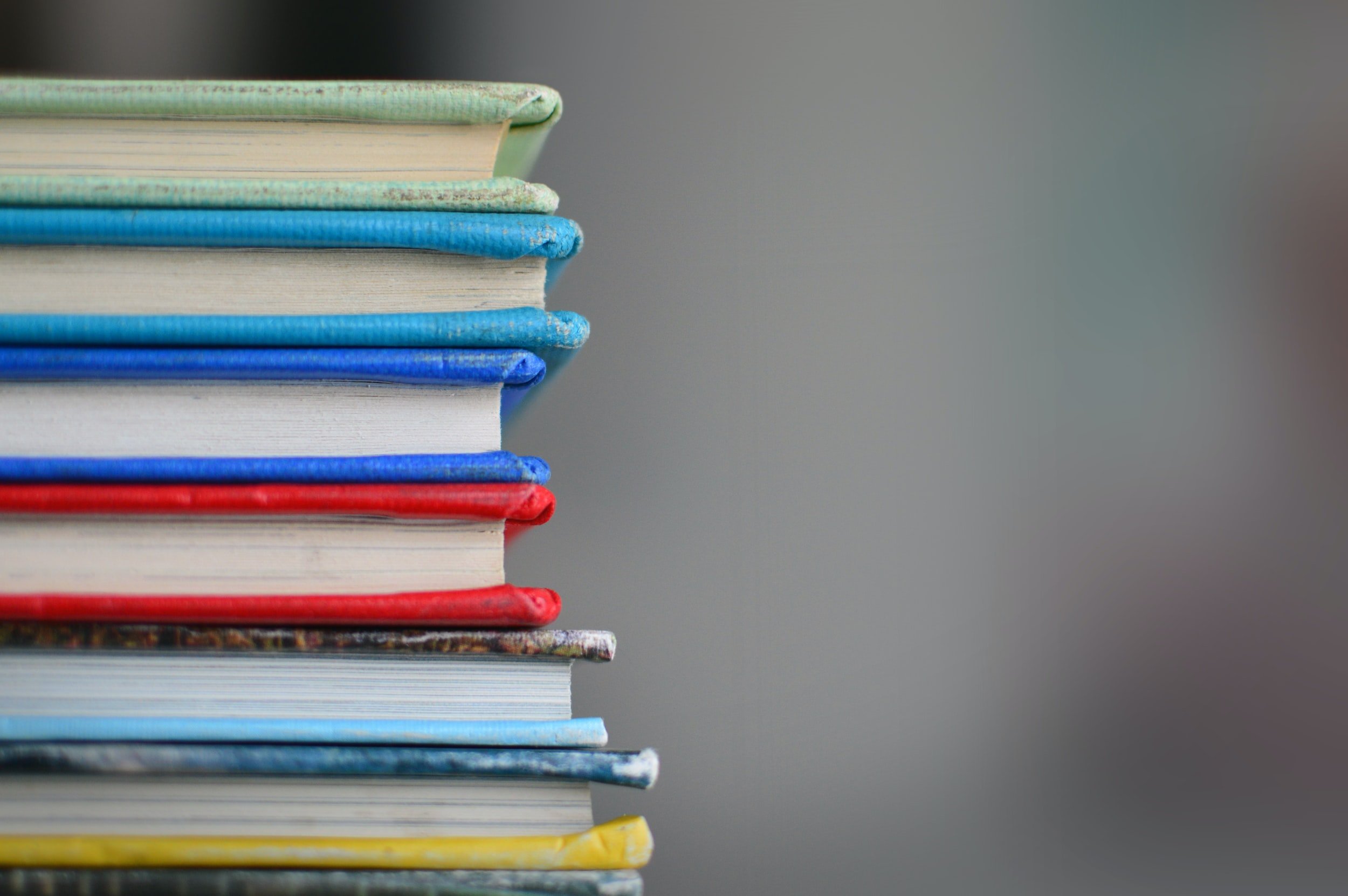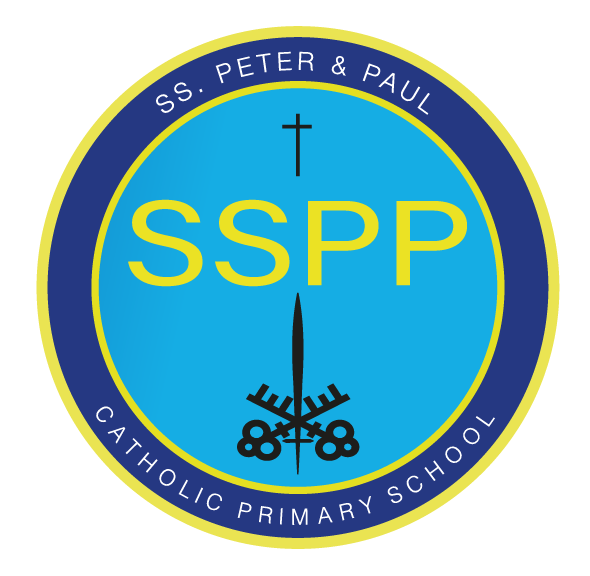
Design & Technology

The world is changing at an ever increasing rate. Technology, construction and nutrition are pushing the boundaries of human innovation like never before. At SSPP we understand the critical role Design Technology plays in equipping our children with the skills and knowledge to thrive today, and in tomorrow’s world.
At SSPP, we are not afraid to step outside the norms and challenge children’s ambition when looking at future technologies and empower them to take on the world. From looking at green technologies for modern structures to secure the safety of coast lines, to the rapid rise of wind farms off the Wirral coastline, children will experience a wealth and depth of creativity, culture, wealth and well-being through the lens of DT.
At St Peter and Paul’s we develop children’s academic and practical skills through our DT curriculum by encouraging them to solve problems based on exploration of products and of their own designs, leading to problem solving based on real life contexts.
Design and Technology gives all children the opportunity to reflect on what they have learned through their practical exploration and the knowledge to design and make their own product. It aims to encourage children to take risks, to develop new innovative designs and to be reflective learners by giving them opportunities to evaluate their own work, as well as the design and work of others within school and the wider world.
Children are given time to test their own products, make adjustments which enable them to change their designs and improve their end product. By looking at the work of others and giving praise to celebrate success, and words of advice when products need further work, enable children to become evaluative learners.
At SSPP, we feel it is vital to nurture creativity and innovation through design, and by exploring the designed and made world in which we all live and work.
To achieve this, we have looked to initiatives from local companies and industries, to cutting edge thinking and technologies from all over the world
Therefore, we have curated a curriculum full of hope, purpose and ambition to inspire children to become the next generation of designers and technicians.
Bring meaning and purpose…Theme 1:
Examples of meaning and purpose in our curriculum…
Team 1: Following our studies of King Charles’ boyhood and struggles to make friends, as well as knowledge of how we accepted Paddington to the UK with open arms, Team 1 are tasked with creating and hosting a tea party for refugees and special guests in school (Nutrition). As a School of Sanctuary, we welcome children of God into our family, regardless of their background, ethnicity or culture.
Team 2: Following the disaster of the Great Fire of London, King Charles II has tasked his loyal subjects (Team 2) to invent a way of transporting water from the River Thames to any future fires. (Mechanisms)
Team 3: The discovery of new metals in rocks has led to the human innovation of farming. Humans are moving away from hunter gatherers to living in the same place. Where will they live? With what materials? How will they be safe? (Structures)
Team 4: Ancient Greece place of story, conquest and bravery. Myths, legends and Gods feast on rich and healthy Mediterranean food. It is up to Team 3 to create nutritious and healthy food, using local produce fit for King Perceus (Nutrition)
EYFS
Throughout Early Years, children experience Design Technology through the specific area of Expressive Art and Design
The development of children’s artistic and cultural awareness supports their imagination and creativity. It is important that children have regular opportunities to engage with the arts, enabling them to explore and play with a wide range of media and materials. The quality and variety of what children see, hear and participate in is crucial for developing their understanding, self-expression, vocabulary and ability to communicate through the arts. The frequency, repetition and depth of their experiences are fundamental to their progress in interpreting and appreciating what they hear, respond to and observe.
From selects tools and techniques needed to shape, assemble and join materials they are using, to beginning to be interested in and describe the texture of things, children will be immersed in the world of art and design through high quality texts, continous play and directed teaching.

